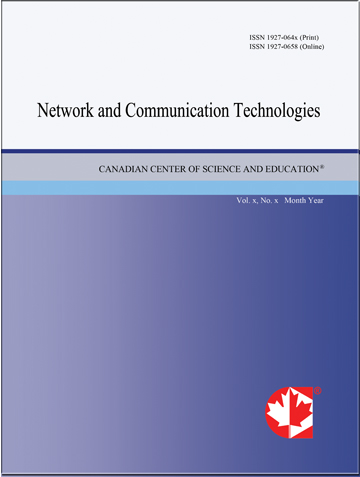Modelling Malicious Attack in Social Networks
- Amusan O.
- Thompson A. F.
- Aderinola T. B.
- Alese B. K.
Abstract
Online Social Networks (OSNs) are based on actual trust relationships in environments which help people communicate with friends, family and acquaintances. Malicious individuals take advantage of this trust relationship to propagate malware through social networks. We study the dynamics of malware propagation among OSN users. Social networks users are referred to as nodes which is in two compartments: Healthy (H), or Infected (I). A H node could either be susceptible to infection (S) or removed (R). Simulations were carried out in R using the EpiModel network simulation package. Two networks were simulated thrice with different parameters to give better average values. Two categories of nodes, first category comprises of 3000 nodes with fewer connections and the second category comprising of 7000 nodes are the influential nodes with more connections. The larger network tends to have a higher fraction of nodes getting infected per unit time due to the high level of connectivity, as opposed to the small network where the number of connections is few. However, the infection tends to persist in the network as long as the birth rate is not equal to zero.
- Full Text:
 PDF
PDF
- DOI:10.5539/nct.v5n1p37
Journal Metrics
(The data was calculated based on Google Scholar Citations)
1. Google-based Impact Factor (2021): 0.35
2. h-index (December 2021): 11
3. i10-index (December 2021): 11
4. h5-index (December 2021): N/A
5. h5-median (December 2021): N/A
Index
Contact
- Bruce LeeEditorial Assistant
- nct@ccsenet.org
